I left the Waterford area and headed towards the Dingle Peninsula in county Kerry.
On the way there, I decided to make a small detour in order to stop at the Rock of Cashel famous for the medieval ruins (castle and church) which adorn the rocky summit of the town. Even approaching, you get a good idea of the majesty of the place. The fortifications dominate the whole area.
Inside the wall, there is a cemetery with many statues – this is one of the better ones. In the distance, you can also see the ruins of Hore Abbey that was attached to Cashel.
There is a beautiful round tower in from of the cathedral. The round tower is the oldest building on this site, built in the 12th century while the cathedral and castel were built in the 13th and 14th centuries.
There are always interesting view points inside ruins. Unfortunately, the sun was not always cooperating today but there were some opportunities.
I did not spend a lot of time in Cashel, and did not go to Hore Abbey, as I had a long drive ahead of me to get to Dingle. As I approached the peninsula, there were landscapes that reminded me of New Zealand. This is very much like the pictures I took on the way to Mount Cook, on the side of Lake Pukaki. The mountains here are not quite as high, and the water is salty, but the overall atmosphere is very much the same.
Things only improved as I got closer to Dingle. I stop on the Inch Sand Spit, a 5 km beach that extends into the Dingle Bay.
The hills in the background are not very high, and yet they seem to be totally free of any vegetation, which is very unusual. Through the years, Ireland’s woods have been harvested ‘en mass’ for ship construction. It is said that the British Navy was built entirely of Irish timber. Here are the results of this – when you remove the trees, there is nothing to hold the soil and eventually all other vegetation disappears as well.
The view approaching Dingle…
Dingle is a tourist town, but far enough from anything not to be over-run by them, especially at this time of year. However, there is still a fishing fleet that operates from here as can be seen by the boats in the local harbour.
The guest house where I am staying, Pax House, is up on the hill behind the boats, just outside of town but still within easy walking distance of the pubs and restaurants. The view from the main deck of the guest house is absolutely unique. Unfortunately, it appears that I was so taken by it, that I did not remember to take a photo! I’ll have to go back just for that view, and the hospitality of John, of course…
The next day, the weather was not the best. I went jogging in the early morning and came back after one hour completely wet. It was not raining hard, just a dense mist that was slowly drifting down. Since the reason to come to the Dingle Peninsula is to do the loop at the end of the head, that is what I did. There are ancient ruins a little everywhere along the road. However, these are on private land and the owners charge 2-3 euros just to go see them. Most of the time, I declined (I went to one and other than the gate to prevent anybody getting in, the ‘owner’ had done absolutely nothing to earn the 3 euros he charged. Near Dubeg Fort, however, there are re-constructed huts from the period of the potato famine and here there are very good displays about life in Ireland at the time and what the famine did to local peasants.
It is not until the afternoon that the weather became good enoug to take picutres. I went towards Brandon Creek, on the North side of the peninsula. The cloud are still low and hide the top of the hills.
Along the coast, there is a small river just meandering its way down from the hills
and a beautiful natural harbour with great protection – anytime you have such a narrow entrance, you know you will be safe. The harbour is to the right of this picture, hidden between the rocks…
But, I need to move on from Dingle and head towards Galway. In order to leave the Dingle Peninsula, I take Connor Pass. The road from Dingle to the pass is not too bad – 1.5 lanes and therefore there are opportunities to pass a vehicle coming in the opposite direction. At the top, the view of Cloghane is quite spectacular.
The road from the top of the pass to Kilcumminis much more challenging. To say that is a single lane wide is probably generous. There are turns where I had to be careful not to scrape both sides … and then there are cars coming the other way! On one side, rocks going straight up; on the other side, nothing, going straight down! I survived, continued and took the ferry across the Shannonn Estuary at Tarbert – a significant short-cut that allows to avoid Limerick.
There is a huge power station on the side of the estuary which dwarfs a very nice lighthouse. Unfortunate, and one wonders if ther lighthouse still hase a sense next to the tall stackes which must be lit at night…
On the way to Galway, I had lunch in Ennistimon, a small town that is crossed by a river that makes ‘famous’ roaring cascades (at least according to the Lonely Planet guide).
However, I had a problem finding a place to eat. I walked into several pubs but none of them served any food. I did find a small restaurant (sandwich shop?) which was really all I needed. However, the real reason to come to this area is to see the Cliffs of Moher. One word: Spectacular!
The tower was built in the late 1800’s to give tourists a better view so this was already a popular spot in the 19th century. Now most of the edge of the cliffs is protected by a tall wall, too far from the edge and this ruins somewhat the views. However, if you go where the wall ends, and you ignore the signs that indicate you are not supposed to go any further, there is a very nice path that continues along the cliffs where there is not longer any protection. It is a very nice walk, but you do have to look where you go.
Any direction you look along the coast (there are only two), the view is just spectacular. Today, the sea is very calm, but I can imagine what this looks like with violent waves crashing on the cliffs – it could be even better!
Fortuntely, the place is not very crowded, but I can guess, given the size of the car park, that this is exceptional. I am lucky to be here on a Friday.
It on to Galway where I am staying at the Victoria Hotel, right in the center of town, near Eyre Square. This is a gathering place for students and young people at the end of the day. It has a very interesting statue (not a Calder) in the middle of it…
At the center of town, a small river reached the sea. This attracts wild life such as this beautiful heron.
Unfortunately, the river is also taken over by gangs of swans in the evening.
This is a very sad story actually. Some of the swan gangs were getting so out of hand that their leaders had to be put in jail. They have a special jail for swans in Galway. Here is the exercise yard.
Unfortunately, as always, jail hardens the swans, and when they leave, they are even meaner than they were before. It is a problem that does not seem to have an answer.
I would not want to meet this individual in a dark alley!
Galway has its good side too. Here is a tiny bridge that leads to a row of houses – there is a road that goes across the bridge, but not sure if a normal car can cross…
There is a very nice path all along the river from the harbour all the way to the Salmon Weir and Galway Cathedral. It makes for a pleasant walk, especially since the weather is again quite nice.
Galway Cathedral viewed from the Salmon Weir. I looked for salmon, but did not see any. there were many fishermen, and they were not having much success either – no bears here!
The inside is very nice too.
There is also a very nice walkway right along the sea front from Galway to the nearby suburb of Salthill. Many people use it for jogging and it is a nice walk. On my way back, I ran into this gentleman practicing withhis kite. I was amazed at the strength that was required just to hold the kite.
He was almost dragged along by the kite at times, than he would leap high in the air, and land as gracefully as he could… without breaking his neck.
It is off to Dublin next – that will be the last installment of this trip in Ireland.
Practical Information
In Dingle, I stayed at the Pax House, which, as I mentioned before, has one of the best views around. It is best to make reservations in advance as they do tend to be very busy. The house is on a quiet street just outside of town, but still close enough to walk into town for dinner or for music in the evening.
I had dinner at two local restaurants which were great. First night at “Out of the Blue” or simply OOTB which is located along the harbour front. It is best to make reservations as the restaurant is small and gets very busy in the evening. I also went to “Ashe’s”, on Main Street. Both restaurants offer a special “early bird” dinner before 7:30 which is a great buy.
In Galway, I stayed at the Victoria Hotel, near the center of town. It is very convenient and I had a nice room on the top floor.
I had a lot of problems for dinner as I did not make reservations and all the restaurants I tried were fully booked – I was there on a week-end. I was able to eat at Ard Bia, right by the Spanish Arch along the harbour. I had an excellent meal there but was lucky to get the very last table.
(4355 Page Views)

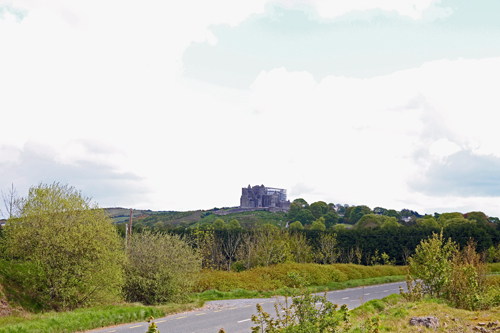
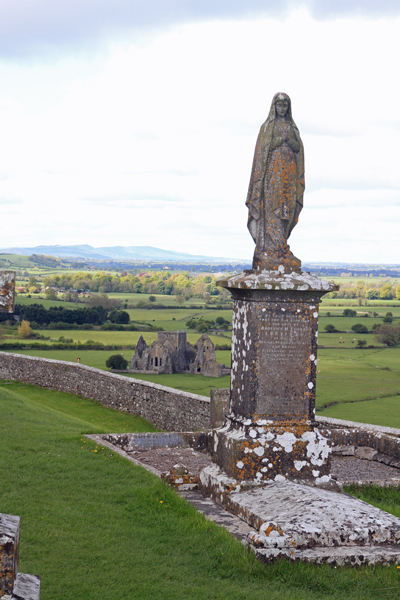



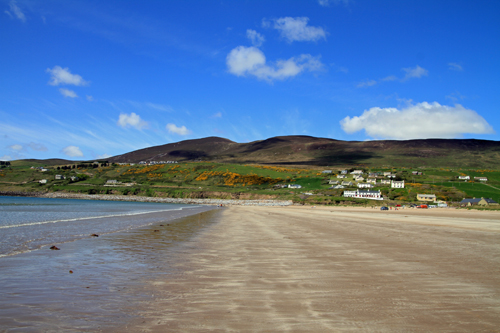
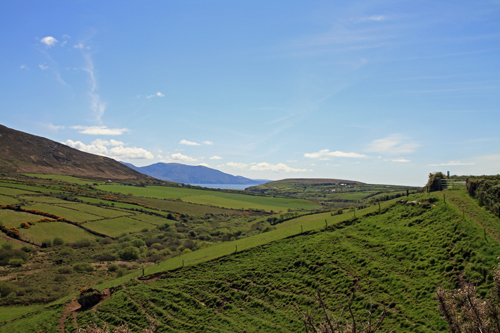


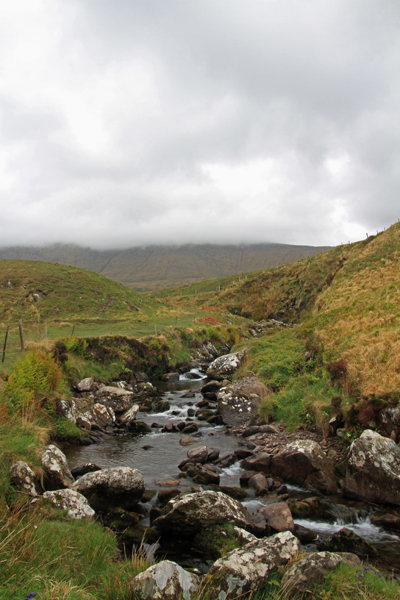
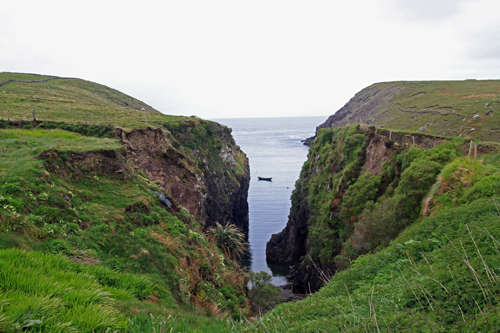
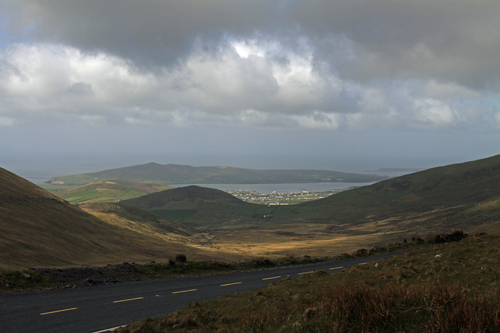


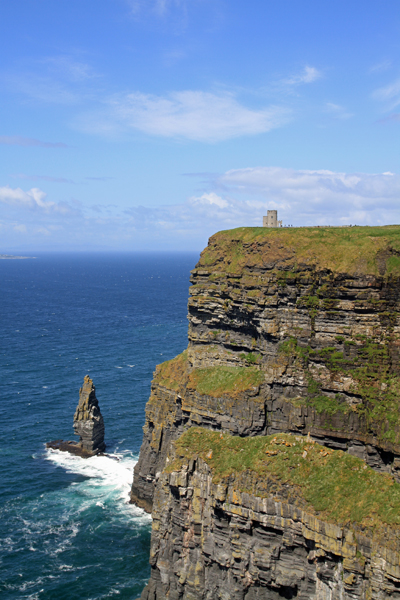
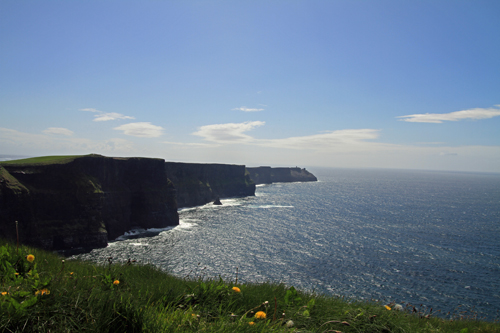
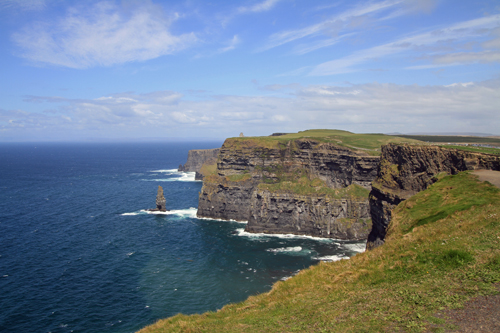





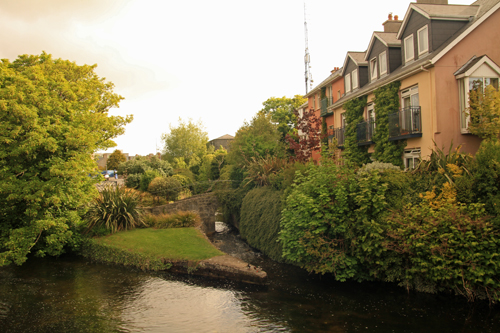


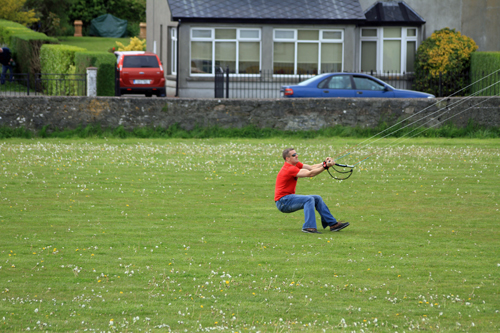
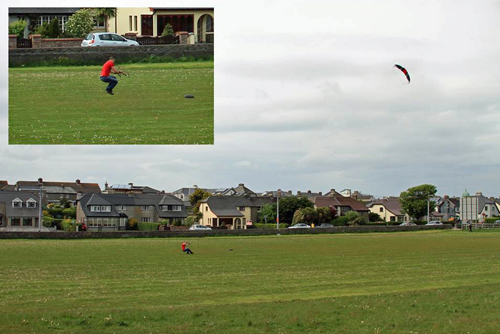
#pierreo The blue skies suggest that your visit was away from urban pollution. After all of the greens and browns, that red sculpture in Galway was kind of jarring. I guess university students always bring energy to any place.